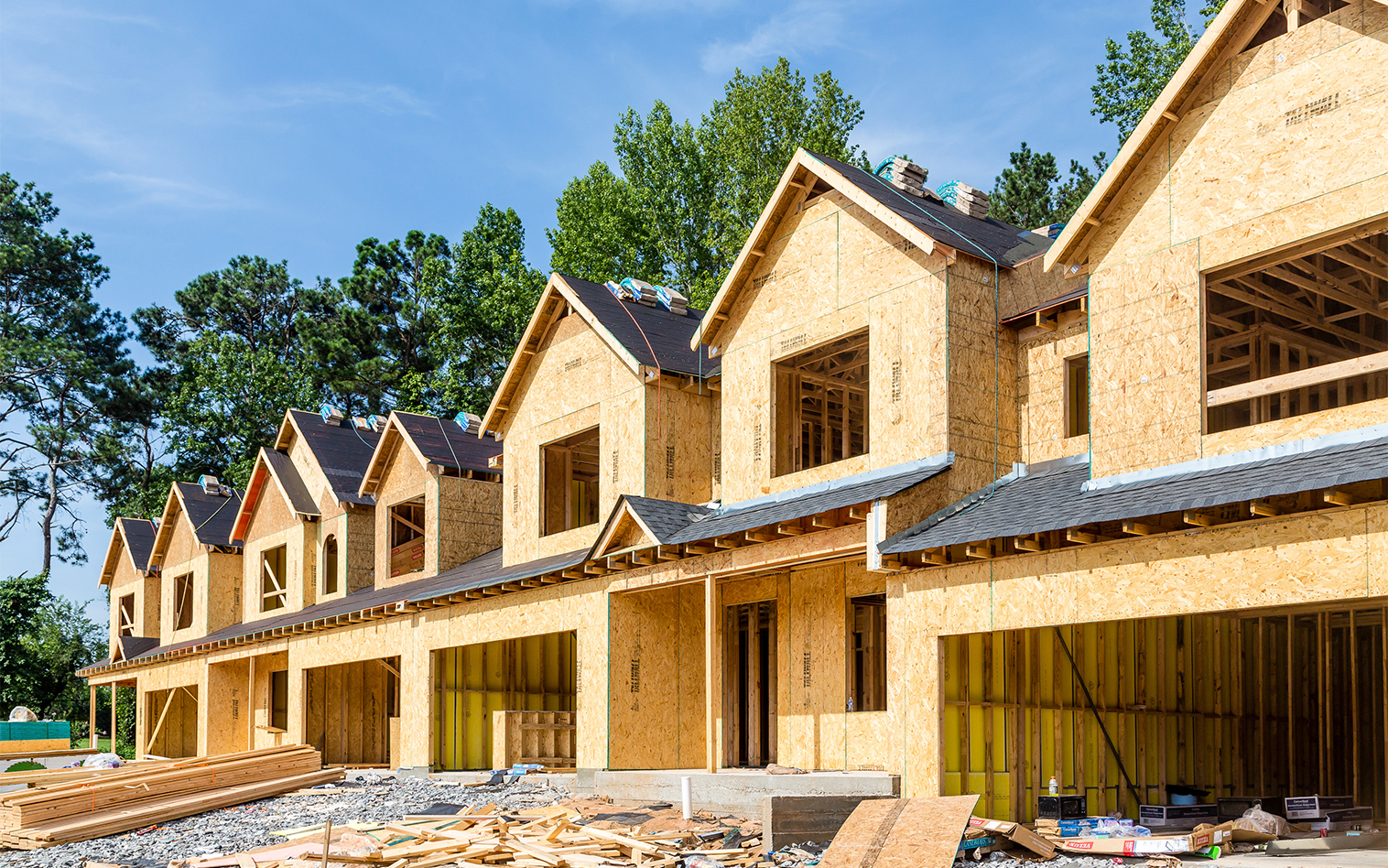- April 9, 2024
The Future of Home Design: Sustainable Practices by Custom Builders
In recent years, there has been a growing shift towards sustainable practices in home design. Custom builders are at the forefront of this movement, creating innovative and eco-friendly homes that not only reduce environmental impact but also provide a healthier living environment for homeowners. The future of home design lies in the hands of these custom builders, who are pushing the boundaries of what is possible with sustainable materials and construction techniques.
The Rise of Sustainable Home Design
Reasons for the Growing Popularity of Sustainable Home Design
- Increasing awareness of environmental issues such as climate change and deforestation
- Desire for energy-efficient homes to reduce utility bills
- Health concerns related to indoor air quality and toxins in traditional building materials
- Growing demand for eco-friendly homes from environmentally conscious consumers
Benefits of Sustainable Home Design
- Reduces environmental impact by conserving energy and water resources
- Improves indoor air quality by using non-toxic materials and efficient ventilation systems
- Increases home value and marketability due to growing demand for sustainable homes
- Creates a healthier and more comfortable living environment for homeowners
Key Sustainable Practices by Custom Builders
Use of Sustainable Materials
- Utilization of recycled and reclaimed materials such as wood, glass, and metal
- Preference for materials with low environmental impact, such as bamboo flooring and bio-based insulation
- Incorporation of energy-efficient windows and doors to maximize natural light and ventilation
Energy-Efficient Design
- Integration of solar panels and geothermal heating systems to reduce reliance on traditional energy sources
- Installation of energy-efficient appliances and lighting fixtures to lower electricity consumption
- Implementation of passive design strategies to optimize natural heating and cooling in the home
Water Conservation Strategies
- Installation of low-flow fixtures and toilets to minimize water usage
- Utilization of rainwater harvesting systems for irrigation and non-potable water needs
- Incorporation of drought-resistant landscaping to reduce the need for watering
The Future Outlook for Sustainable Home Design
Trends Shaping the Future of Home Design
- Advancements in sustainable building materials and technologies
- Growing emphasis on carbon-neutral and net-zero energy homes
- Integration of smart home technology for energy monitoring and optimization
- Rising demand for adaptable and resilient homes in the face of climate change
Challenges Facing the Adoption of Sustainable Practices
- Higher upfront costs associated with sustainable materials and technologies
- Lack of awareness and education among consumers and builders about sustainable practices
- Resistance to change and perceived inconvenience of implementing sustainable solutions
- Regulatory barriers and limited availability of sustainable building products in some regions
In conclusion, the future of home design rests on the shoulders of custom builders who are leading the way in integrating sustainable practices into their projects. By using eco-friendly materials, energy-efficient design strategies, and water conservation techniques, custom builders are setting a new standard for environmentally conscious housing. As the demand for sustainable homes continues to grow, it is clear that the custom builders of today will shape the sustainable homes of tomorrow.
